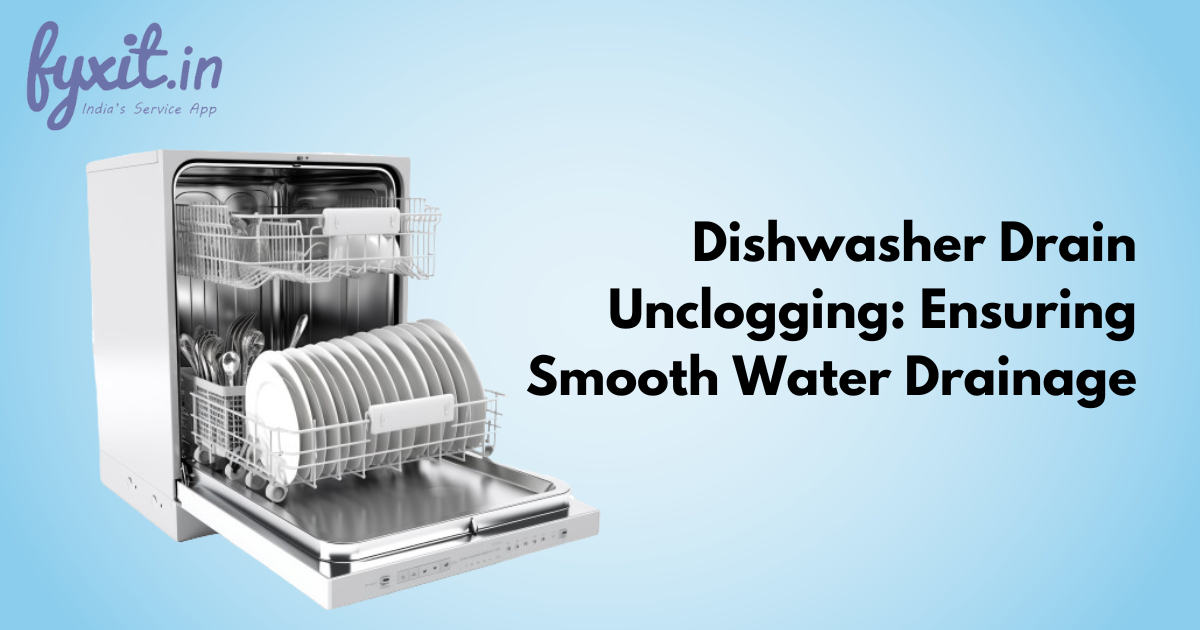Your water heater plays a crucial role in providing hot water for various household activities, from bathing to washing dishes. Over time, sediment buildup in the tank can compromise its efficiency, leading to increased energy consumption and potential damage. Flushing your water heater is a preventive maintenance task that helps eliminate sediment, ensuring optimal performance and extending the lifespan of the appliance. Let us understand why flushing your water heater is essential, the steps involved, and the benefits it brings to your home.
Highlights
- Sediment Accumulation Affects Efficiency: Sediment naturally accumulates in water heater tanks over time, hindering efficiency by acting as an insulating layer between the heating element and water.
- Increased Energy Consumption and Costs: Sediment buildup leads to increased energy consumption as the heater works harder to heat water. Flushing the tank reduces energy costs and improves overall efficiency.
- Preventive Maintenance for Lifespan Extension: Flushing is a preventive maintenance task that helps extend the lifespan of a water heater by preventing corrosion, rust, and other issues associated with sediment buildup.
- Step-by-Step Flushing Process: To flush the water heater, turn it off, let the water cool, connect a hose to the drain valve, open the pressure relief valve, drain the tank, close valves, and restore water supply before turning it back on.
- Benefits of Regular Flushing: Regular flushing enhances efficiency, lowers energy costs, prevents corrosion, ensures a consistent hot water supply, reduces breakdown risks, and improves water quality.
- Cost Savings and Sustainability: Maintaining optimal efficiency through regular flushing results in cost savings on energy bills and contributes to a more sustainable use of energy.
- Simple Yet Crucial Maintenance Task: Regular flushing is essential for maximizing the performance and lifespan of a water heater.
- Proactive Measure for Uninterrupted Hot Water: Regular flushing proactively addresses potential issues, ensuring uninterrupted hot water availability for household activities.
Table of Contents
Why is Flushing Necessary?
Sediment Accumulation
Over time, minerals, debris, and sediment naturally accumulate at the bottom of your water heater tank. This sediment primarily consists of minerals present in the water supply, and its buildup can create a barrier between the heating element and the water. This insulation reduces the heater’s efficiency, as it must work harder to heat the water, leading to increased energy consumption.
Reduced Efficiency and Increased Energy Costs
Sediment acts as an insulating layer, hindering the transfer of heat from the heating element to the water. As a result, your water heater requires more energy to maintain the desired temperature. Flushing the tank removes this insulating layer, allowing the heating element to operate efficiently and reducing energy costs.
Extended Appliance Lifespan
Sediment buildup not only affects efficiency but can also contribute to corrosion and rust within the tank. Flushing the water heater helps prevent these issues, extending the lifespan of the appliance. Regular maintenance can significantly reduce the risk of unexpected breakdowns and costly repairs.
How to Flush Your Water Heater?
- Turn Off the Heater: Before starting the flushing process, turn off the power supply to the water heater. For electric heaters, switch off the circuit breaker, and for gas heaters, set the thermostat to the “pilot” position.
- Allow the Water to Cool: Hot water can cause burns, so it’s crucial to allow the water in the tank to cool before attempting to flush. This may take a few hours, and you can speed up the process by turning on hot water taps in your home.
- Turn Off the Water Supply: Locate the cold water supply valve, typically located near the top of the water heater, and turn it off. This prevents new water from entering the tank during the flushing process.
- Connect a Hose: Connect a garden hose to the drain valve at the bottom of the water heater. Ensure the other end of the hose is placed in a suitable drainage area, such as a floor drain or outside.
- Open the Pressure Relief Valve: To allow air into the tank and facilitate smooth draining, open the pressure relief valve at the top of the heater. This step is crucial for preventing a vacuum from forming inside the tank.
- Open the Drain Valve: With the hose securely connected and the pressure relief valve open, open the drain valve at the bottom of the tank. Allow the water to flow out until it runs clear, indicating that sediment has been flushed out.
- Close the Drain Valve and Pressure Relief Valve: Once the water runs clear, close the drain valve and pressure relief valve. Remove the hose and ensure all valves are tightly closed.
- Turn On the Water Supply: Turn on the cold water supply valve to allow fresh water to fill the tank. Monitor the hot water taps in your home until a steady flow is restored, indicating that the tank is full.
- Turn On the Heater: For electric heaters, turn the circuit breaker back on, and for gas heaters, set the thermostat to the desired temperature. Allow the water heater to heat the fresh water to the set temperature.
Benefits of Regular Flushing
- Improved Efficiency: Flushing your water heater removes sediment, allowing the heating element to operate efficiently. This results in faster water heating and reduced energy consumption.
- Cost Savings: By maintaining optimal efficiency, a flushed water heater reduces energy costs. The appliance operates more smoothly, requiring less energy to heat water to the desired temperature.
- Prevention of Corrosion and Rust: Sediment buildup can contribute to corrosion and rust within the tank. Regular flushing helps prevent these issues, extending the lifespan of your water heater.
- Consistent Hot Water Supply: Sediment accumulation can lead to uneven heating, causing fluctuations in water temperature. Flushing ensures a consistent and reliable hot water supply throughout your home.
- Reduced Risk of Breakdowns: Regular maintenance, including flushing, minimizes the risk of unexpected breakdowns. It allows you to identify and address potential issues before they escalate, saving you from costly repairs.
- Enhanced Water Quality: Sediment in the tank may affect water quality. Flushing helps maintain clean water, ensuring that you and your family have access to high-quality, uncontaminated hot water.
Flushing your water heater is a simple yet crucial maintenance task that can significantly impact its efficiency, energy consumption, and lifespan. By removing sediment buildup, you not only ensure consistent hot water supply but also contribute to cost savings and a more sustainable use of energy. Regular flushing, as part of your home maintenance routine, is a proactive measure that pays off in terms of appliance longevity, reduced energy bills, and uninterrupted hot water availability.



